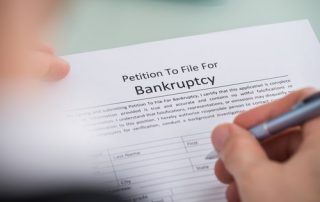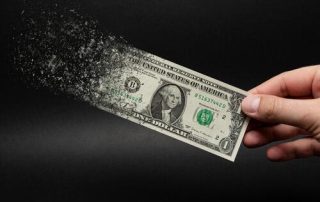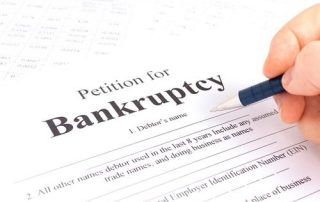Bankruptcy
Mistakes to Avoid Making Before You File for Bankruptcy
Filing for bankruptcy is a significant decision that can offer individuals and businesses a fresh start when overwhelmed by debt. However, navigating the bankruptcy process requires careful planning and avoiding common mistakes. If you are considering filing for bankruptcy, there are several [...]
Obtaining Guardianship of an Elderly Parent in New York
When aging parents start to experience diminished mental and/or physical capacity that threatens their ability to make sound decisions and care for themselves, obtaining legal guardianship over the parent may become necessary. This process allows you to protect your vulnerable parent under [...]
How to File for Chapter 7 Bankruptcy in New York
Imagine a path that allows you to release the weight of most of your debts—a chance for a fresh financial start. Welcome to Chapter 7 bankruptcy, a process that offers relief by discharging a significant portion of your debts. Meeting [...]
Could Your Child Benefit from a Virtual Visitation Arrangement?
Having one’s parents living in two different places is rarely easy for a young person. While kids and teenagers of divorced or separated parents may handle a co-parenting situation well most of the time, chances are good that they subconsciously [...]
If I File for Bankruptcy, What Will My Kids Think?
As a parent, you hope to instill certain values in your children. Chances are that some of these values include personal responsibility, hard work, and resilience in the face of life’s challenges. As a result, you may be struggling with [...]
Crafting Property Division Priorities for Your New York Divorce
Just as no two marriages are exactly alike, no two divorces progress in exactly the same way. A couple’s divorce process reflects the interests of each spouse. As the state of New York honors an equitable distribution standard in the [...]
Is Chapter 7 or Chapter 13 Bankruptcy a Better Option for You?
If you dread opening your email, fielding phone calls, and walking to your mailbox because communications from creditors are arriving incessantly, it may be time to start thinking about filing for bankruptcy. Certainly, filing for bankruptcy is not the most [...]
How to Address Business Assets During a New York Divorce
Getting a divorce can be an emotionally taxing process due to conflict between spouses and stress related to addressing and resolving financial issues and other concerns. The division of marital property is one of the most important factors in a [...]
5 Tips for Getting Through the Divorce Process Successfully
Getting a divorce can be an incredibly stressful process, and it is likely to involve a variety of strong emotions, which can make it difficult to cope with the changes you are going through in your life. Fully considering the [...]
When Should a Married Couple Consider a Postnuptial Agreement?
Marriage is a union that is meant to bind two people together for life. For many couples who get married, the possibility that their relationship may end in the future is far from their mind. However, life can be unpredictable, [...]












